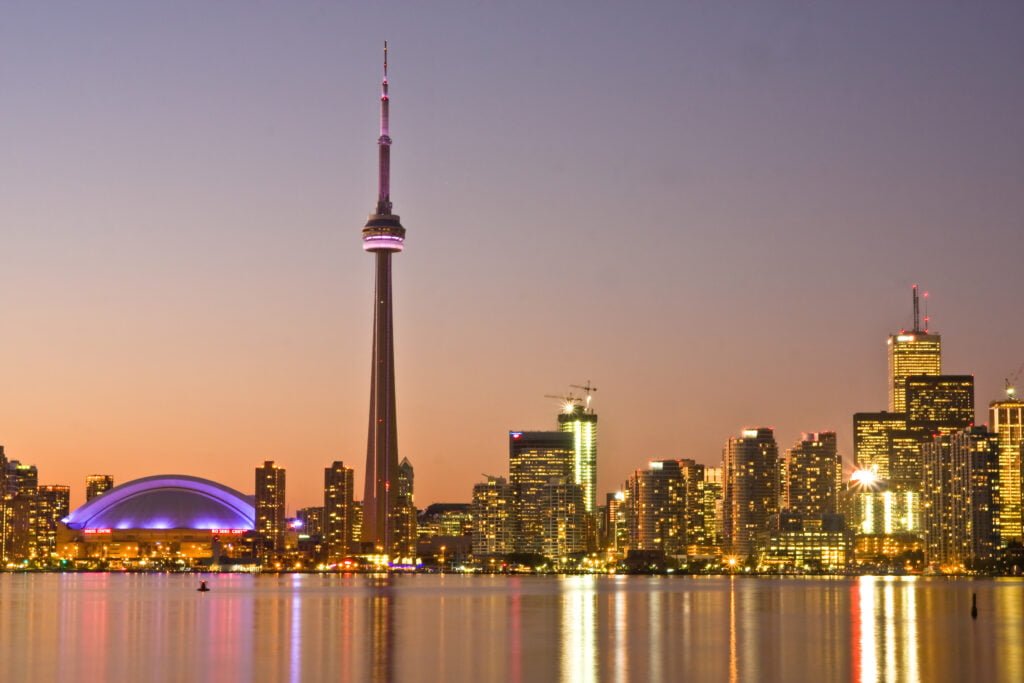
Toronto, July 2024 /Solaxy Group/ — Eleven years and eight days after a record-breaking deluge battered Toronto, the city finds itself grappling with a grim sense of déjà vu. On a Tuesday marked by torrential rains, the streets of Canada’s largest metropolis were once again submerged, echoing the chaos of the catastrophic storm that struck in 2013.
In that fateful July of 2013, a relentless downpour inundated Toronto with 126 millimeters of rain in just 90 minutes, causing unprecedented flooding. Roads were transformed into rivers, drivers abandoned their cars, and the Don Valley Parkway (DVP) became a waterlogged mess as the Don River surged beyond its banks. The storm left nearly 300,000 residents without power and stranded 1,400 passengers on a GO Transit train. This historical event was a wake-up call, highlighting the city’s vulnerability to severe weather and its urgent need to adapt to the changing climate.
Fast forward to this year’s storm, and the scene eerily mirrored the past. The rain began in the morning, catching many commuters off guard. As the day progressed, a more intense storm system arrived, bringing with it more flooding and power outages. Once again, Union Station was overwhelmed, the DVP was impassable, and city streets were submerged. GO Transit services were temporarily suspended, and images of stranded cars flooded social media, painting a stark picture of Toronto’s ongoing struggle with extreme weather events.
Kathryn Bakos, managing director of finance and resilience at the University of Waterloo’s Intact Centre on Climate Adaptation, underscores the pressing issue: “Climate change is not going anywhere.… These events are going to continue to increase in frequency and severity.” As global temperatures rise, the atmosphere can hold more moisture, leading to more intense storms and heavier rainfall. Bakos warns, “With more moisture and energy, you’re going to have bigger storms, larger precipitation events, with more water coming down over shorter periods of time.”
However, climate change is only one piece of the puzzle. Toronto’s infrastructure, much of it aging and inadequate for current conditions, exacerbates the city’s vulnerability. Slobodan Simonovic, professor emeritus at Western University’s Department of Civil and Environmental Engineering, highlights the shortcomings: “The infrastructure that we have is designed really for the historical conditions, and these events have a very different nature.” The city’s reliance on outdated systems, coupled with an increase in population and urban development, creates a perfect storm for disaster.
Moreover, the removal of natural infrastructure—such as wetlands and forests—that once acted as natural sponges has compounded the problem. Instead, Toronto’s urban landscape has become dominated by concrete, reducing the land’s ability to absorb rainwater. Simonovic advocates for greater investment in infrastructure and proactive measures to address these challenges.
Toronto Mayor Olivia Chow acknowledges the city’s efforts but admits the scale of the problem is daunting. “We are expecting almost a doubling of the number of severe rain storm days in 15 years,” she said. The city has allocated $2 billion for infrastructure improvements, following the provincial upload of maintenance costs for the DVP and the Gardiner Expressway. This funding aims to address the city’s aging transit system and roadways. However, Chow notes that Toronto remains $26 billion and more than a decade behind in necessary infrastructure upgrades.
Bakos remains cautiously optimistic, noting that the city has made progress in recognizing and addressing its vulnerabilities. “Infrastructure improvements are being made, and I think they recognize that more needs to be done,” she says. Despite this progress, the persistent flooding of familiar areas like the DVP and Lake Shore Boulevard illustrates the ongoing struggle.
In the face of these repeated challenges, Bakos advocates for a proactive approach to adaptation. “Every dollar that you put into place for adaptation, on average, saves $3 to $8 in cost avoidance over a 10-year period,” she asserts. Investing in resilience now is not only a cost-effective strategy but also a necessary one to mitigate the impacts of future extreme weather events.
As Toronto battles its stormy déjà vu, the city’s path forward hinges on a blend of urgent infrastructure improvements and adaptive measures to confront the growing realities of climate change. The need for resilience and adaptation has never been clearer, and Toronto’s ongoing efforts will be crucial in determining how well it can weather the storms of the future.


